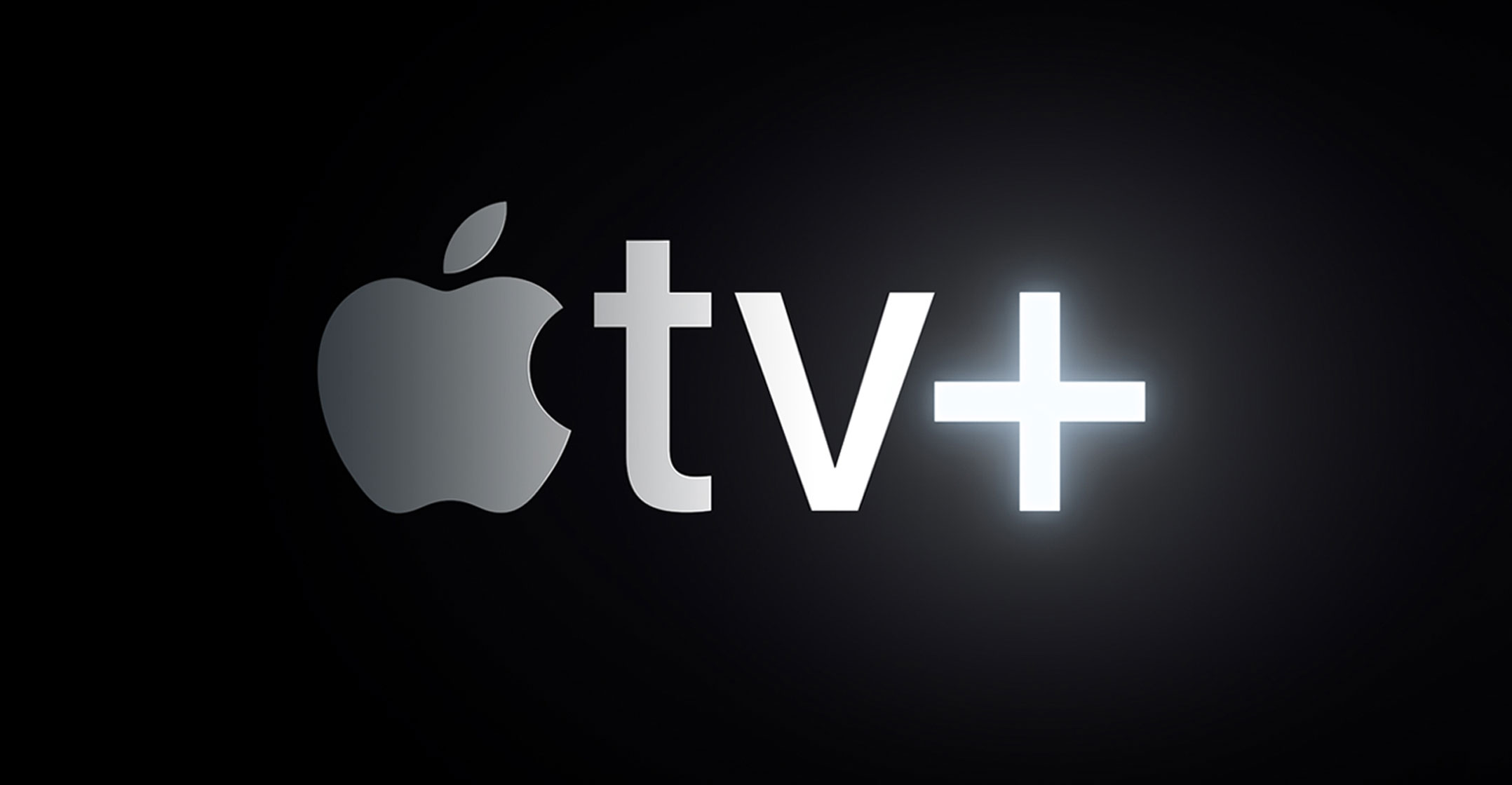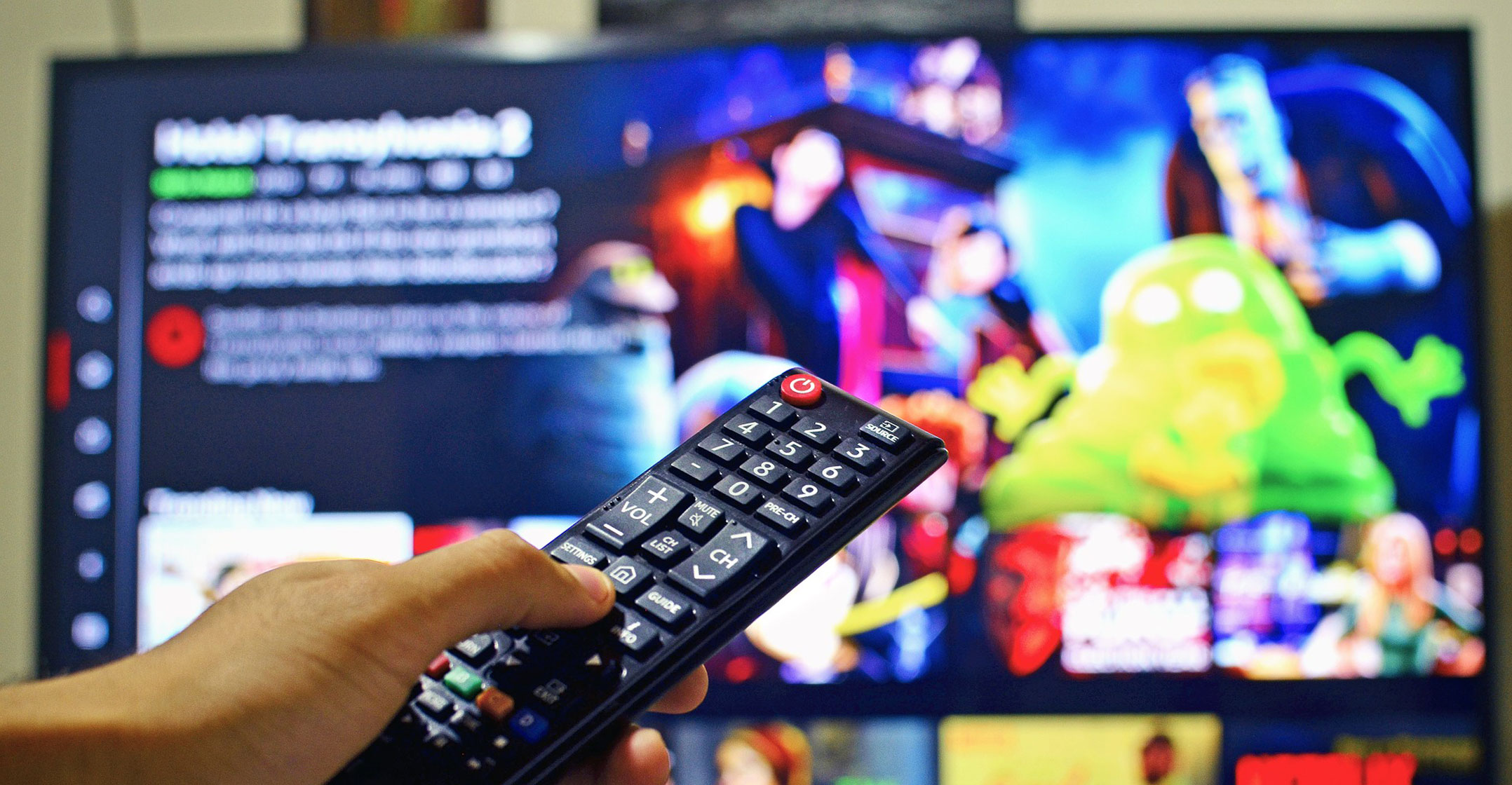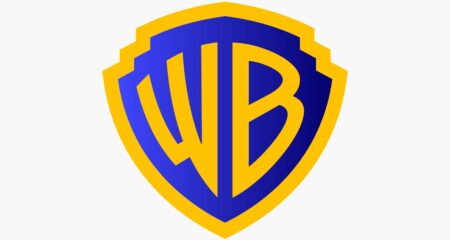 Get ready, TV fans, because the next few months are going to be wild. Apple, AT&T, Netflix and Walt Disney are spending billions of dollars on so much new streaming content that there will be little reason to leave your couch this summer — or to keep your traditional pay-TV subscription.
Get ready, TV fans, because the next few months are going to be wild. Apple, AT&T, Netflix and Walt Disney are spending billions of dollars on so much new streaming content that there will be little reason to leave your couch this summer — or to keep your traditional pay-TV subscription.
Apple gave a taste yesterday of what it’s been working on by releasing a trailer for The Morning Show, an original series that looks so good it could easily be mistaken for an HBO production. With an all-star cast led by Jennifer Aniston, Reese Witherspoon and Steve Carell, Apple is said to be spending US$300-million alone for the first two seasons.
The company has committed a whopping $6-billion overall to produce original shows and movies, according to the Financial Times, which would match what Netflix spent in 2017 and would also be in the same ballpark as Amazon.com’s expected content investment for this year. Other outlets have disputed that Apple’s budget is quite so large. Either way, it’s clear the iPhone maker is serious about streaming.
The Apple TV+ and Disney+ video-on-demand apps will both be available by mid-November, followed by AT&T’s HBO Max product. They are game-changers for the pay-TV industry, already littered with live-TV streaming products from Sling TV to YouTube TV.
Disney has spent about $15-million per episode to make The Mandalorian, a live-action Star Wars series that will serve as the flagship of Disney+, according to the Wall Street Journal. That’s about $120-million for the first season, which isn’t far from what Disney shelled out for Captain Marvel, the third-biggest movie of the year in terms of US box-office ticket sales. The company expects to invest more than $1-billion in original content for the app next year and another roughly $1-billion for licensed content.
These streaming wars are risky. Studio owners generally have a sense of what a TV programme could deliver in advertising revenue and how large of a theatre audience a film might draw. But Disney+ will charge just $7/month and contain no ads. The company is betting it can build a large enough customer base so that all these pricey investments that have shareholders wincing right now will pay off some day.
Aiming high
In the Apple TV trailer, Aniston’s character at one point says: “I just need to be able to control the narrative so that I am not written out of it.” It struck me as funny because that’s exactly what Disney and its peers are trying to do as they flood the market with content and turn a blind eye to the cost. Disney predicts it will have 60 million to 90 million Disney+ subscribers globally by the end of fiscal 2024, when the app finally begins making money. Analysts see Apple TV+ topping 100 million in the next five years. While both are starting from zero, they do have the advantage of strong, far-reaching customer relationships — Disney through its movies and theme parks, and Apple by physically being in most of our pockets already.
Netflix is protecting its turf by lighting it on fire. It’s projected to spend about $15-billion for in-house and licensed content this year while burning $3-billion of free cash flow. The company paid $100-million just to keep Friends on its platform through 2019. Even though the sitcom hasn’t aired new episodes in more than 15 years, it’s the second-most-watched programme on Netflix. After this year, AT&T is reclaiming the rights to the show for its HBO Max product.
 A little over a year ago, Casey Bloys, HBO’s programming chief, referred to such spending as “irrational exuberance”. But then earlier this year, his boss, HBO chairman Richard Plepler, left the company in a shake-up by its new parent AT&T. HBO is now ramping up its production slate to reduce churn, or the rate at which bored subscribers are canceling, and HBO Max is reportedly paying $425-million to carry Friends for five years starting in 2020. Likewise, the Wall Street Journal reported that Comcast’s NBCUniversal has its own $500-million five-year exclusive rights deal for The Office, the number one show on Netflix.
A little over a year ago, Casey Bloys, HBO’s programming chief, referred to such spending as “irrational exuberance”. But then earlier this year, his boss, HBO chairman Richard Plepler, left the company in a shake-up by its new parent AT&T. HBO is now ramping up its production slate to reduce churn, or the rate at which bored subscribers are canceling, and HBO Max is reportedly paying $425-million to carry Friends for five years starting in 2020. Likewise, the Wall Street Journal reported that Comcast’s NBCUniversal has its own $500-million five-year exclusive rights deal for The Office, the number one show on Netflix.
There is a potential fallacy in the companies’ thinking around these lavish deals. What if Netflix subscribers were streaming Friends and The Office for hours on end simply for background noise, something to mindlessly tune in and out of as they scrolled Instagram or did chores? In that case, perhaps users won’t necessarily miss those specific shows and won’t switch to other services at a rate that would come close to justifying nearly $1-billion for two old sitcoms.
In any case, I keep writing about the frustration of needing to pay for and toggle between numerous apps just to access all your favourite content and the confusion that comes with doing so. It’s only going to get worse once Apple TV+, Disney+ and HBO Max launch. But at least there will be no shortage of stuff to watch, and with all this money being thrown around, you know it’ll be good. — Written by Tara Lachapelle, (c) 2019 Bloomberg LP




